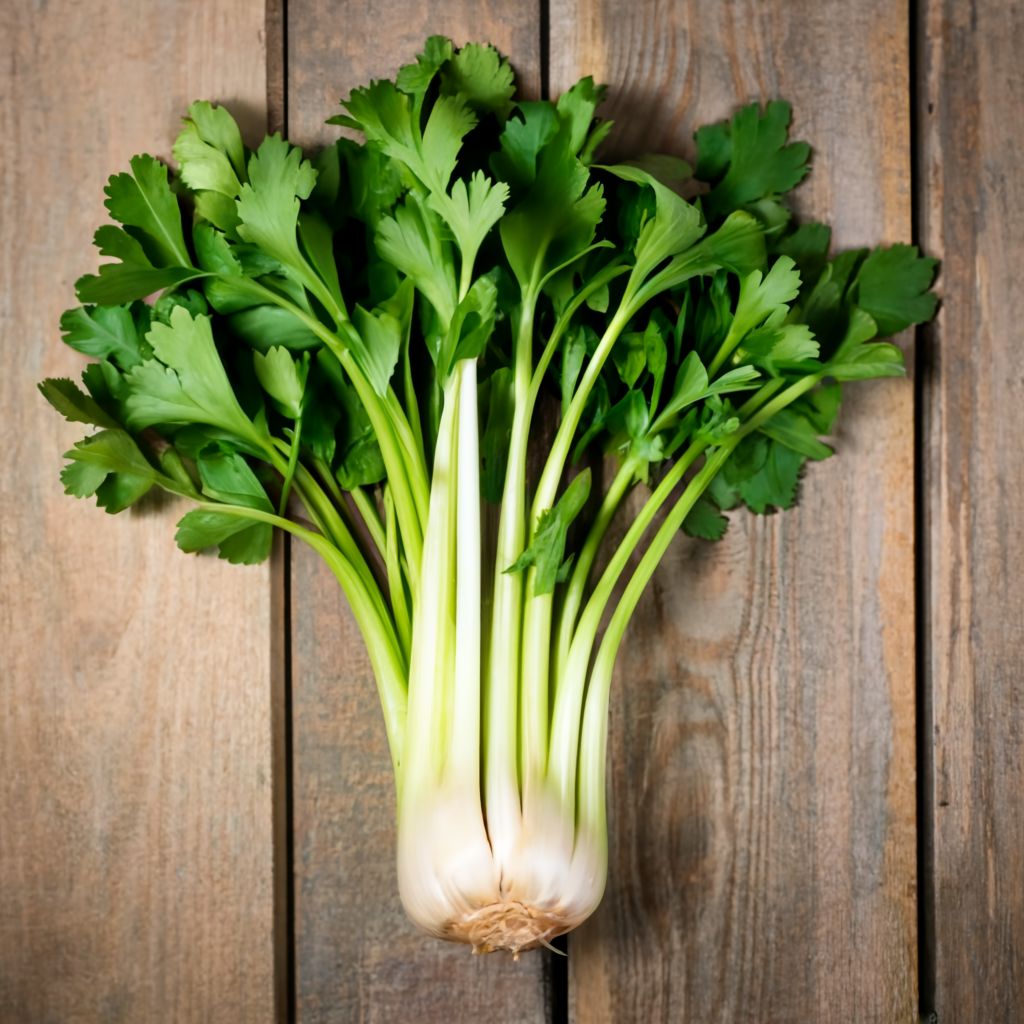Can Dogs Eat Celery? The Surprising Benefits and Dangers
If you’ve ever wondered if it’s safe for your furry friend to bite celery, you’re not alone. While celery is a popular and healthy food option for humans, what about dogs? Is it safe to feed them or should it be left uncooked?

Can Dogs Eat Celery? The Surprising Benefits and Dangers
Is celery safe for dogs to eat?
Yes, celery is generally safe for dogs. It’s a crunchy vegetable that’s low in calories and contains vitamins and minerals that can benefit your furry friend’s health.To prevent unwanted reactions, it is important to introduce celery into your dog’s diet at a slow pace. Also, always cut celery into small, manageable pieces to avoid choking hazards.
Can dogs eat celery sticks?
Celery sticks are a suitable food for dogs. Celery is a safe and healthy snack for many dogs. Despite this, it’s crucial to cut celery sticks into smaller, easier-chewing pieces that won’t cause your dog to choke. Additionally, some dogs may choose to eat celery that is cooked instead of raw; you can test their appetite for both options by feeding them either.
Can celery be used as a low-calorie snack for overweight dogs?
Celery can be a great low-calorie source of nutrition for overweight dogs. It is low in calories and contains fiber, which can help your dog feel full without consuming too many calories. Also, celery’s crunchy texture can encourage your dog to chew more, resulting in a decreased appetite for high-calorie foods. The key takeaway is that celery should be consumed in equal amounts to produce, as it would any other food item. Before making any drastic changes to your dog’s diet, make sure you discuss it with your veterinarian as soon as possible, especially if they are overweight or have an illness.
What nutrients does celery provide for dogs?
Celery provides several nutrients that can benefit dogs:
- Vitamins: Celery contains vitamins A, C, and K, which are important for maintaining a dog’s overall health. Vitamin A helps with vision and the immune system, while vitamin C provides antioxidant properties and vitamin K is necessary for blood clotting. Additionally, zinc can enhance visual function.
- Minerals: Celery contains minerals such as potassium, which helps regulate blood pressure and muscle function. manganese, which is important for bone health and metabolism.
- Fiber: Celery is high in fiber, which aids digestion and can help regulate bowel function. Fiber also helps dogs feel full and satisfied, which can help with weight management.
- Water: Celery has a high water content, which can help dogs stay hydrated, especially in hot weather or after exercise.
In general, although celery may not be a major source of nutrients for dogs, it can contribute to a balanced diet when given as a treat or snack from time to time. As with any new food, it’s important to add celery to your dog’s diet gradually and in moderation and talk to your vet if you’re concerned about your dog’s nutritional needs.
Are there any health benefits to feeding celery to dogs?

Yes, feeding celery to dogs can have several potential health benefits:
- Low in calories: Celery is a low-calorie vegetable, which makes it a suitable snack for dogs, especially those on a weight management plan. By making your dog chew on its own without putting more calories in it, you can encourage them to chew further.
- High in fiber: Celery is rich in fiber, which can aid digestion and regulate bowel movements. Dogs require fiber to maintain a healthy digestive tract and can alleviate constipation.
- Vitamins and Minerals: Celery contains vitamins A, C, and K, as well as minerals such as potassium and manganese. These nutrients are essential for your dog’s proper functioning, including the immune system, bone, and muscle function. What foods should be included in this diet?
- Hydrate: Celery has a high water content, which can help dogs stay hydrated, especially in hot weather or after exercise. Proper hydration is essential to maintain optimal dog health and prevent dehydration.
- Dental Health: Celery’s crunchy texture can help promote dental health by mechanically removing plaque and tartar from your dog’s teeth. Chewing celery sticks can also stimulate saliva production, which can help reduce oral bacteria.
Although celery may not be a major source of nutrients for dogs, adding it to their diet as an occasional treat or snack can contribute to a balanced and varied diet.
What are the risks of giving celery to dogs?
Many dogs can consume celery without any harm, but there are still some risks to be mindful of:
- Choking Hazard: Celery sticks can be a choking hazard, especially if not cut into smaller bite-sized pieces. To prevent choking hazards, it is recommended to watch your dog while they are eating celery.
- Indigestion: Some dogs may experience indigestion such as vomiting or diarrhea after eating celery, especially if they eat large amounts or have sensitive stomachs. Add celery to your dog’s diet gradually and in moderation to minimize the risk of digestive upset.
- Allergic reactions: Although rare, dogs can be allergic to celery or sensitive to certain parts of the vegetable. Beware of allergic reactions such as itching, hives, swelling, or difficulty breathing after giving your dog celery. Give it to them anyway.
- Pesticide residues: If celery is not organic or properly washed, it may contain pesticide residues that can be harmful to dogs. Wash celery thoroughly before offering it to your dog to reduce the risk of exposure to pesticides.
- Toxic Additives: Do not give your dog celery that has been flavored or seasoned with toxic substances such as onions, garlic, or excessive salts. These additives can be harmful to dogs and cause serious health problems.
How should celery be prepared for safe consumption by dogs?
Here’s how to prepare celery to be safe for dogs to eat:
- Wash thoroughly: Rinse the celery stalks under cool running water to remove surface dirt, debris, or pesticide residue.
- Cut into bite-sized pieces: Use a sharp knife to cut the celery stalks into small, manageable pieces that fit the size of your dog. Cutting celery into smaller pieces will help reduce the risk of choking and make it easier for your dog to chew and digest.
- Remove the strings: Some celery stalks can have tough fibrous strings that can be difficult for dogs to chew and swallow. Using your fingers or a vegetable peeler, you can remove the strings if they appear.
- The suggestion is simple: Avoid seasoning celery with additives harmful to dogs, such as salt, and garlic. or onion powder. Plain raw celery is the safest option for dogs.
- Introduce gradually: If your dog has never eaten celery before, add it to his diet gradually and in small amounts to watch for any side effects or digestive problem.
These instructions will help you ensure that celery is safely prepared for your dog and can be given as a nutritious treat. As always, it is important to supervise your dog when feeding it and consult your veterinarian if you have any questions or concerns about feeding celery to your dog.
Before introducing any new food to your dog’s diet, it’s a good idea to consult with your veterinarian. Your dog’s health, size, weight, and dietary requirements can be taken into account when seeking advice from them. Additionally, it’s important to be aware of potential choking hazards — unpopped kernels,
